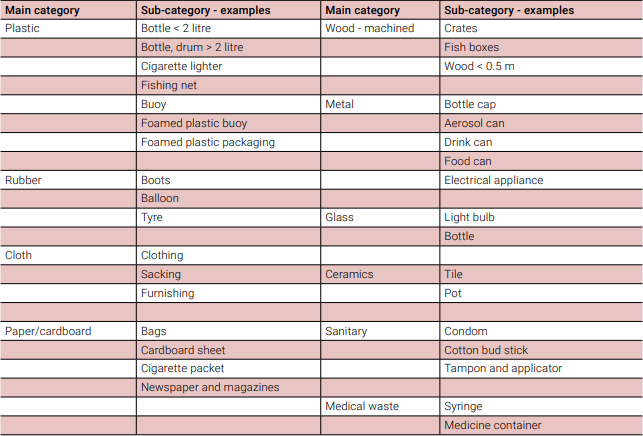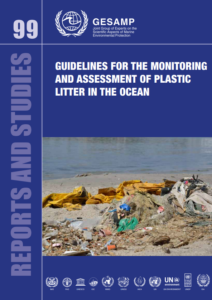A new set of publicly-available guidelines for monitoring plastics and microplastics in the oceans, published by the Joint Group of Experts on the Scientific Aspects of Marine Environmental Protection (GESAMP), aims to help harmonize how scientists and others analyze the scale of the marine plastic litter problem.
The guidelines cover what to sample, how to sample it and how to record and assess plastics in the oceans and on the shoreline, including establishing baseline surveys. They also include suggestions, advice and practical guidance, for creating programmes to monitor and assess the distribution and abundance of plastic litter, also referred to as plastic debris, in the ocean.
Namely, the report says that there are four policy questions that have to be asked. These are:
- Surveillance monitoring: is there a change in condition that needs to be addressed through management?
- Implementation monitoring: were management treatments implemented as prescribed?
- Effectiveness monitoring: was the management activity effective in reaching the stated goal?
- Ecological effects monitoring: where there unintended consequences of the management activity?
However, a comprehensive monitoring strategy should also:
- Define spatial and temporal scales and areas for sampling;
- Use rigorous and repeatable sampling and analytical procedure protocols;
- Develop suitable mapping and dissemination tools to show the environmental status of the different indicators (section 3.2);
- Link the sampling scales and indicators to management issues (mitigation measures, for example), as well as resource considerations.
In addition, the guidelines include common definitions for categories of marine litter and plastics, examples of size and shape, how to design monitoring and assessment programmes, sampling and surveys.

Other sections cover citizen science programmes, which regard members of the public in marine litter surveying and research, while there are also detailed chapters on monitoring sea surface floating plastic and plastic on the seafloor.
[smlsubform prepend=”GET THE SAFETY4SEA IN YOUR INBOX!” showname=false emailtxt=”” emailholder=”Enter your email address” showsubmit=true submittxt=”Submit” jsthanks=false thankyou=”Thank you for subscribing to our mailing list”]
In fact, there is an increasing recognition that members of the public represent a very important resource for finding out more about the environment, in their role as citizen scientists. This was acknowledged in the identification of potential partners for developing the SDG 14.1.1 sub-indicators.
The potential of citizen scientists is summed up in the following statement attributed to to the EU-funded programme Doing It Together Science (DITOs)28. The programme, involving nine European countries, was launched in recognition that:
Citizen science empowers citizens in exploring, measuring and experimenting with the world around them can play a valuable role Citizens have a major role to play in addressing the challenges to a sustainable future. It is by ‘doing science together’ that we combine our resources and expertise to raise awareness, build capacity, and innovative lasting solutions grounded in society
IMO stated.
The guidelines aim to address the lack of an internationally agreed methodology to report on the distribution and abundance of marine plastic litter and microplastics and contribute to the UN SDG Goal 14 on the oceans.
They specifically respond to target 14.1:
- By 2025, prevent and significantly reduce marine pollution of all kinds, in particular from land-based activities, including plastic debris and nutrient pollution.
For more information, click in the PDF below





























































